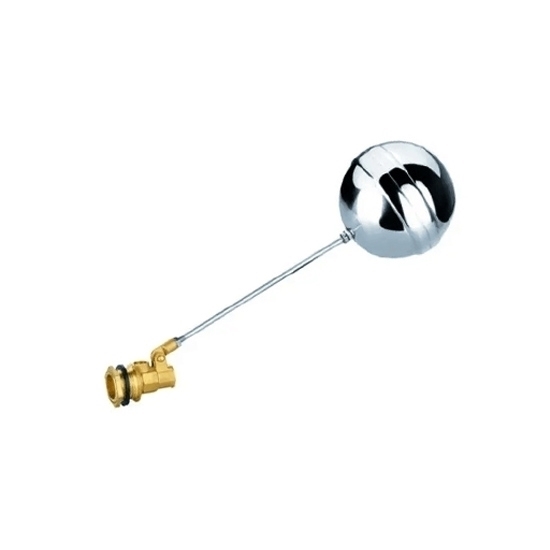
Why buy from us?
Lorem Ipsum is simply dummy text of the printing and typesetting industry.
Ask a Question About This Product
- Stock: In Stock
- Model: KOLAUT-FV-32
- Weight: 1.00
- SKU: KOLAUT-FV-32
Available Options
Note: This float valve cannot be used for drinking water.
The provided 1-1/4 inch (DN32) floating ball valve is mainly used in water tanks to ensure that the tank is filled to the proper level and to prevent the tank from overflowing. Small brass float valve, factory price, low maintenance, easy to install and use.
Specifications
- Model: KOLAUT-SS10080
- Nominal Diameter: 1-1/4 inch (DN32)
- Normal Pressure: 0.4MPa≤PW≤0.6MPa
- Connection Method: G Thread
- Working Medium: Water
- Working Temperature: 0°C≤T≤60°
- Material: Brass and Stainless Steel
Dimension (Unit: mm)
| DN | L | B | D | Weight |
| 32 | 140 | 18 | 205 | 0.61kg |
Applications
Stainless steel water tank float valve is specifically designed for use in water storage tanks to regulate the water level, typically used in residential, commercial, and industrial settings where a reliable and consistent water supply is required, also used in irrigation systems, livestock waterers, and fire protection systems.
Tips: How to choose a water tank float valve?
- Valve size: The size of the valve should be appropriate for the size of the tank and the intended flow rate.
- Material: Float valves can be made from different materials, including plastic, brass, stainless steel, and bronze. The material should be selected based on the type of liquid being stored in the tank and the operating conditions.
- Operating pressure: The float valve should be rated for the maximum operating pressure of the tank.
Type of float: There are different types of floats available, including plastic, brass, and stainless steel. The type of float should be selected based on the type of liquid being stored in the tank and the operating conditions. - Valve design: Float valves can be designed as either side-inlet or bottom-inlet valves. The design should be selected based on the tank's configuration and the desired level of control.
- Maintenance requirements: The float valve should be easy to maintain and clean, with replacement parts readily available.



















